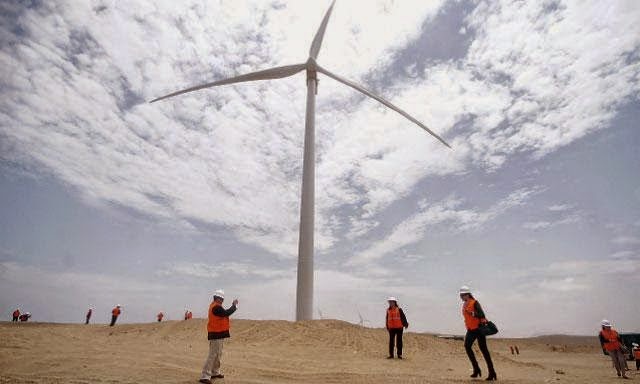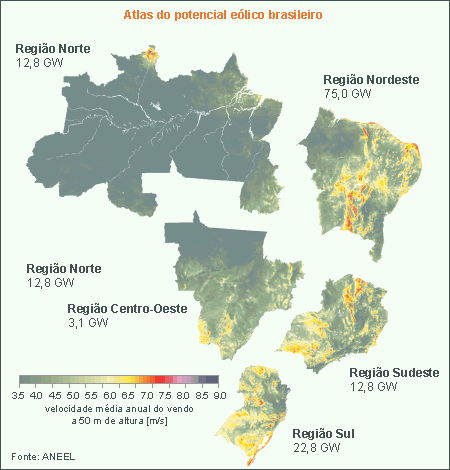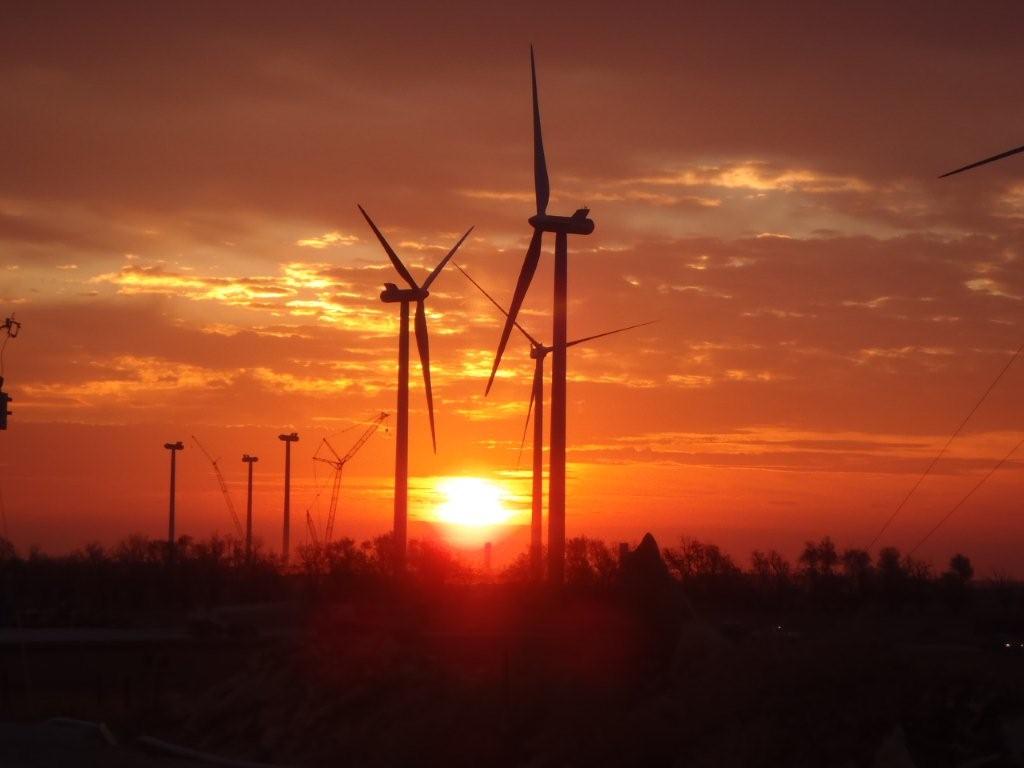Toshiba is the world leader in geothermal power, accounting for 24% of total installed capacity.
Toshiba Corporation (TOKYO:6502) today announced that the Olkaria Geothermal Power Plant, Kenya's largest geothermal power complex, has started commercial operation. The official opening ceremony was held at the site on February 19, in the presence of President Uhuru Kenyatta and government officials.
Kenya Electricity Generating Company Ltd. awarded a full turnkey contract for Olkaria I and IV to a consortium of Korea's Hyundai Engineering Co., Ltd. and Japan's Toyota Tsusho Corporation (Tokyo:8015) in 2011. Toshiba, selected by Hyundai Engineering to provide key equipment, supplied four 70-megawatt turbines and generators for the plant in 2013. Olkaria IV started commercial operation in September 2014, followed by Olkaria I in January this year.
Kenya's economic growth is spurring demand for power. The government has responded with a comprehensive blueprint for development, Vision 2030, which currently includes provision for boosting Kenya's electricity generating capacity from 1,664 megawatts (2014) to 17,500 megawatts by 2030. Construction of the Olkaria complex is a key part of the vision, and it now accounts for approaching 20% of Kenya's total generating capacity.
Toshiba is the world leader in geothermal power, accounting for 24% of total installed capacity*, and offers a geothermal product line-up that extends from 1 to over 100 megawatts output capacities. The company delivered Japan's first geothermal turbine and generator to the 20 megawatts Matsukawa Geothermal Power Plant in Iwate in 1966, and since then has delivered 52 geothermal turbines and generators with a total installed capacity of approx. 3,400 megawatts to North America, Latin America, Southeast Asia, Europe and elsewhere around the world. Most recently, Toshiba was awarded contracts to supply key equipment, including geothermal turbines and generators, for Turkey's Alasehir geothermal power plant and Indonesia's Sarulla geothermal power plant. Both are now under construction.
Toshiba will accelerate sales promotions in the Middle East and East Africa, where numerous geothermal projects are planned, and will also promote other generation systems, thermal, hydro and wind energy, in those markets, to support achievement of a stable energy supply mix and to contribute to economic growth.
Kenya's economic growth is spurring demand for power. The government has responded with a comprehensive blueprint for development, Vision 2030, which currently includes provision for boosting Kenya's electricity generating capacity from 1,664 megawatts (2014) to 17,500 megawatts by 2030. Construction of the Olkaria complex is a key part of the vision, and it now accounts for approaching 20% of Kenya's total generating capacity.
Toshiba is the world leader in geothermal power, accounting for 24% of total installed capacity*, and offers a geothermal product line-up that extends from 1 to over 100 megawatts output capacities. The company delivered Japan's first geothermal turbine and generator to the 20 megawatts Matsukawa Geothermal Power Plant in Iwate in 1966, and since then has delivered 52 geothermal turbines and generators with a total installed capacity of approx. 3,400 megawatts to North America, Latin America, Southeast Asia, Europe and elsewhere around the world. Most recently, Toshiba was awarded contracts to supply key equipment, including geothermal turbines and generators, for Turkey's Alasehir geothermal power plant and Indonesia's Sarulla geothermal power plant. Both are now under construction.
Toshiba will accelerate sales promotions in the Middle East and East Africa, where numerous geothermal projects are planned, and will also promote other generation systems, thermal, hydro and wind energy, in those markets, to support achievement of a stable energy supply mix and to contribute to economic growth.
Toshiba Corporation, a Fortune Global 500 company, channels world-class capabilities in advanced electronic and electrical product and systems into five strategic business domains: Energy & Infrastructure, Community Solutions, Healthcare Systems & Services, Electronic Devices & Components, and Lifestyles Products & Services. Guided by the principles of The Basic Commitment of the Toshiba Group, "Committed to People, Committed to the Future", Toshiba promotes global operations towards securing "Growth Through Creativity and Innovation", and is contributing to the achievement of a world in which people everywhere live safe, secure and comfortable society.
Founded in Tokyo in 1875, today's Toshiba is at the heart of a global network of over 590 consolidated companies employing over 200,000 people worldwide, with annual sales surpassing 6.5 trillion yen (US$63 billion).
Founded in Tokyo in 1875, today's Toshiba is at the heart of a global network of over 590 consolidated companies employing over 200,000 people worldwide, with annual sales surpassing 6.5 trillion yen (US$63 billion).






















